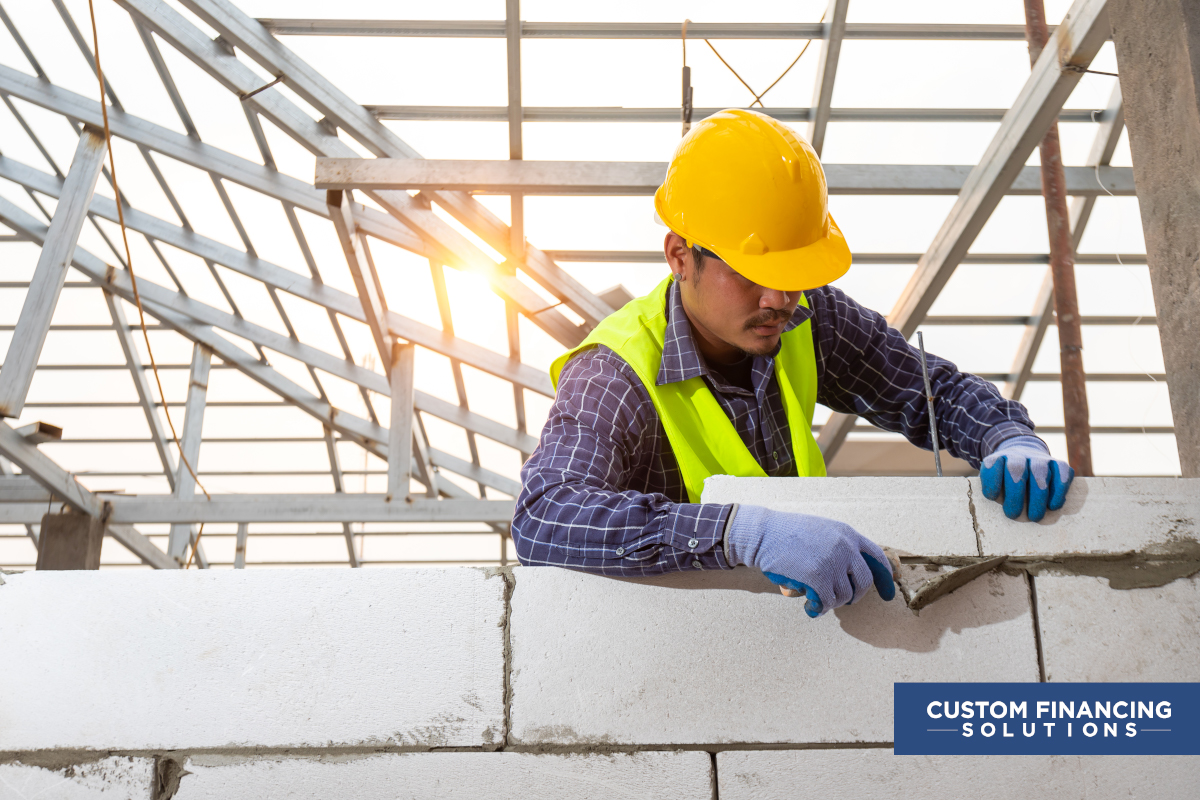When it comes to choosing a material for the exterior wall of your building, there will be many options at your disposal. Not just the materials, there are numerous techniques to finish the work off. Some provide protection from extreme temperatures while others add to the aesthetic of the building. There are many things to keep in mind while choosing your material, some of the basic ones being the design of the building, the location and climate, and the budget allocated.
Regardless, it is better to keep updated with a number of great options for exterior wall materials.

1. Gypsum Walls
One of the materials used to lower the risk of fire is Gypsum. It is popularly used in a technique called Gypsum area separation which uses fiberglass insulation, doubled up with a thick layer of gypsum drywall sitting right at the center. This makes the building resistant to fire and reduces the effect of sound.
2. Insulated Vinyl Siding
A good yet cheaper option to other materials available in the market, the insulated vinyl gives better impact resistance than the traditional vinyl with its foam underlay.
3. Tilt-Up Walls
Tilt-up walls need less workforce, concrete material and scaffolding than a regular cast-in-place concrete. It can be constructed anywhere and transported with ease, making it an excellent choice to pull down construction costs and to speed up the project.
4. Optimum Value Engineering
A useful technique rather than a material, optimum value engineering aims to lower down the cost of the project by fully utilizing the material usage and minimising waste. It requires special training to learn and implement this method effectively.
5. Insulated Concrete Walls
As the name suggests, these walls are great for insulation and keeping out the heat. Concrete is poured in between two highly insulated layers to form one of the strongest and most durable walls. Usage of the concrete outside could result in spalling, here are tips on how to fix them.
6. Wraps
A house wrap is used for its ability to prevent seepage of water or moisture from the outside. They can be of fabric- or paper-based material and are usually installed over the sheathing.
7. Cladding
Cladding is growing to be one of the most popular ways to renovate the exterior of a building. It serves a dual purpose of making the outside décor of the building aesthetically appealing and protecting the interior from weather factors.
8. Brick Walls
A timeless material that still holds its own among all the new materials, a brick wall can turn an otherwise average-looking space to look warmer and more inviting one. It also is a very strong option and can take much more wear and tear.
9. Insulated Panels
Structurally, Insulated Panels are made with an insulated foam layer held between two structural skin surfaces. This is used to build walls but can be used for ceilings or floors too.
10. Concrete Block Walls
Concrete walls provide natural fire resistance. Additionally, it can resist strong winds. If any disaster strikes, the concrete block walls are much easier to rebuild as there is a high chance that a major part of the wall is still standing.
The market constantly changes, and different materials and techniques keep popping up. Having good knowledge about the updated products makes you better prepared to help clients with their specific requirements.
Here at CutomFin, we keep updating you with tips like these, and also contractors like you in financing their clients.








[…] number of floors, choice of paint, even the materials used for the outside walls contribute to […]